Author: Will Lovell
Saison is a traditional ale that has its roots in the French-speaking region of Wallonia, Belgium, dating back to the late 19th century. Originally brewed by “saisonniers” during the cooler months to provide sustenance for farmworkers during the hot summers, Saison was characterized by its variability in flavor, strength, and ingredients, depending on the farm and its available resources. One thing Saison came to be known for is the complex interplay of fruity and spicy notes produced by the unique yeast strains used to ferment it.
While the characteristics of Saison are certainly a function of the yeast, it’s widely held that fermentation temperature plays a contributing role in how those characteristics are displayed, with warmer environments favoring the production of fruity esters and cooler fermentations resulting in more spicy phenolics. As such, many brewers rely on fermentation temperature as a sort of dial that be adjusted to achieve specific flavor profiles in their Saison.
Early on in my homebrewing career, I learned that Saison could be fermented quite a bit warmer than the other styles I’d been making, as it helps to achieve the proper dryness and flavor profile, which my experience confirms. However, I recently began to wonder how a Saison fermented at cooler temperatures might turn out, and with some fresh Imperial Yeast B64 Napolean on-hand, I designed an xBmt to test it out.
| PURPOSE |
To evaluate the differences between a Saison fermented with Imperial Yeast B64 Napolean at 80°F/27°C and one fermented with the same yeast at 65°F/18°C.
| METHODS |
For this xBmt, I went with a Saison recipe that was based off of The Brü Club’s recent AvgBrü parameters.
Pale Like Haven
Recipe Details
| Batch Size | Boil Time | IBU | SRM | Est. OG | Est. FG | ABV |
|---|---|---|---|---|---|---|
| 5.5 gal | 60 min | 27 | 4.6 SRM | 1.044 | 1.001 | 5.64 % |
| Actuals | 1.044 | 1.001 | 5.64 % | |||
Fermentables
| Name | Amount | % |
|---|---|---|
| Llano Pilsner | 4.25 lbs | 38.64 |
| Wildfire Pale Malt | 4.25 lbs | 38.64 |
| Spelt Malt | 1.5 lbs | 13.64 |
| Rye Malt | 8 oz | 4.55 |
| Table Sugar (Sucrose) | 8 oz | 4.55 |
Hops
| Name | Amount | Time | Use | Form | Alpha % |
|---|---|---|---|---|---|
| Saaz | 21 g | 60 min | Boil | Pellet | 4.4 |
| Willamette | 25 g | 30 min | Boil | Pellet | 4.9 |
| Styrian Goldings | 25 g | 5 min | Boil | Pellet | 3.7 |
Yeast
| Name | Lab | Attenuation | Temperature |
|---|---|---|---|
| Napoleon (B64) | Imperial Yeast | 83% | 64.9°F - 75°F |
Notes
| Water Profile: Ca 97 | Mg 10 | Na 0 | SO4 205 | Cl 50 |
Download
| Download this recipe's BeerXML file |
After adding identical volumes of RO water to separate Delta Brewing Systems AIO units, adjusting each to the same desired profile, and setting the controllers to heat them up, I weighed out and milled that grain.
Once the water for each batch was adequately heated, I incorporated the grains then checked to make sure both were at the same target mash temperature.
While the mashes were resting, I prepared the kettle hop additions.
Once each 60 minute mash was complete, I sparged to collect the same pre-boil volume then boiled the worts, adding hops at the times listed in the recipe.
When the 60 minutes boils were finished, I quickly chilled the worts before transferring identical volumes to sanitized Kegmenters.
Refractometer readings showed both worts achieved the same target OG.
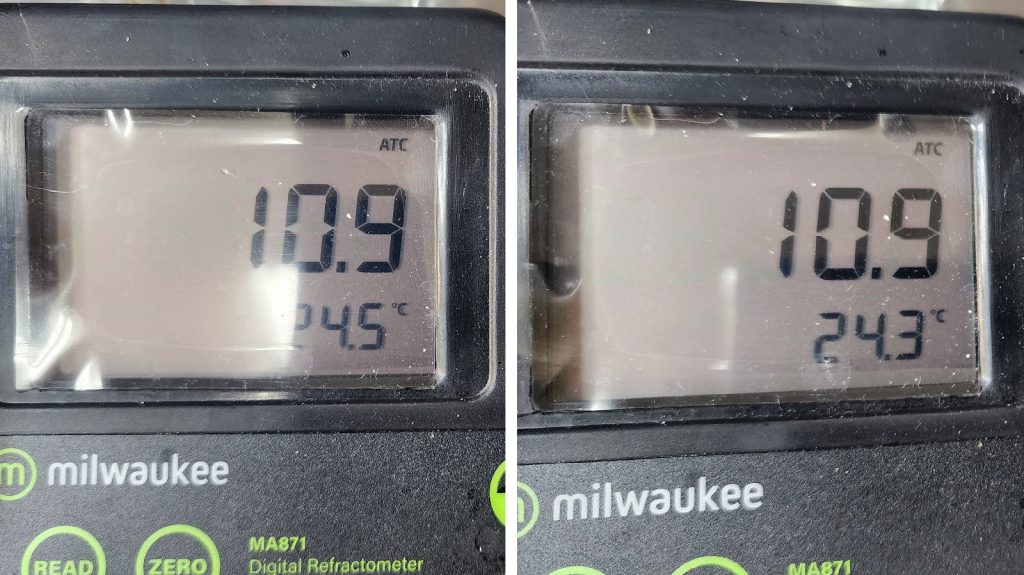
At this point, one filled fermenter was placed in a chamber controlled to 80°F/27°C while the other was placed in a chamber controlled to 65°F/18°C.
With the beers in their respective fermentation spots, I pitched a pouch of Imperial Yeast B64 Napolean into each.
With both beers done fermenting after 8 days, I took hydrometer measurements showing the one fermented at 80°F/27°C finished 0.001 SG lower than one fermented at 65°F/18°C.
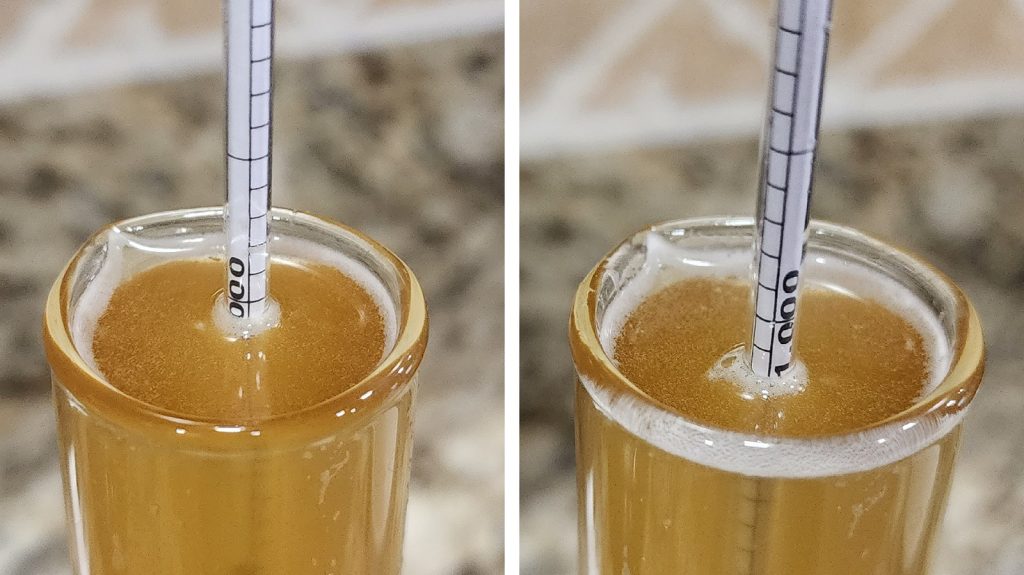
At this point, I pressure transferred the beers to sanitized kegs that were placed in my keezer and left on gas for 2 weeks before they were ready to serve to tasters.
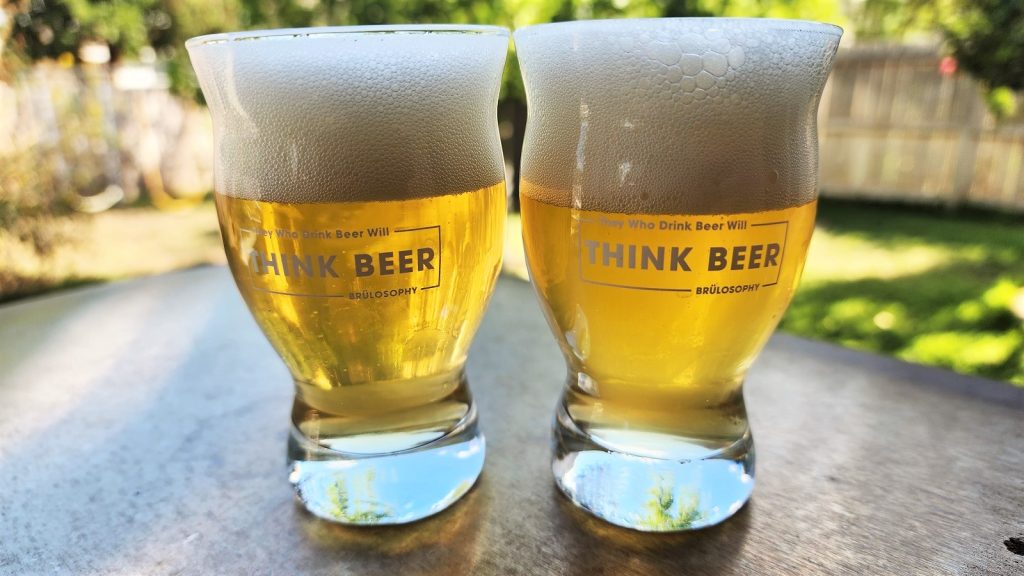
| RESULTS |
A total of 22 people of varying levels of experience participated in this xBmt. Each participant was served 2 samples of the beer fermented at 80°F/27°C and 1 sample of the beer fermented at 65°F/18°C in different colored opaque cups then asked to identify the unique sample. While 12 tasters (p<0.05) would have had to accurately identify the unique sample in order to reach statistical significance, just 3 did (p=0.99), indicating participants in this xBmt were unable to reliably distinguish a Saison fermented with Imperial Yeast B64 Napolean at 80°F/27°C from one fermented with the same yeast at 65°F/18°C.
My Impressions: Out of the 5 semi-blind triangle tests I attempted, I correctly identified the odd-beer-out just twice. These beers were perceptibly identical to me, both possessing a slight hint of pepper and clove with a refreshingly crisp, dry finish.
| DISCUSSION |
Saison is a traditional Belgian ale that’s characterized by its unique fruity and spicy flavor profile, which it gets from the specific types of yeasts used to ferment. Many brewers believe that the temperature at which fermentation with these yeasts occurs influences these characteristics, with cooler temperatures producing more phenolics and warmer environments encouraging fruity ester development. Curiously, in this xBmt were unable to reliably distinguish a Saison fermented with Imperial Yeast B64 Napolean at 80°F/27°C from one fermented with the same yeast at 65°F/18°C.
One possible explanation for this result is that the delta in fermentation temperature between the batches wasn’t vast enough, though it’s also possible Imperial Yeast B64 Napolean simply isn’t as sensitive to temperature as other strains. While doubtful considering the moderate hopping rate, perhaps that played a role in tasters’ general inability to tell these beers apart as well.
For the most part, I’ve tended to ferment my Saison on the warmer end of the scale, as that’s what I was taught leads not only to the expected fermentation characteristics, but also to the desired dryness. I was surprised the beer fermented at 65°F/18°C was characteristically identical to the one fermented warmer, and while I trust other yeast strains may have reacted differently, it’s nice to know that I can make a tasty Saison using Imperial Yeast B64 Napolean at such a wide temperature range, though considering the clarity difference, I’m inclined to stick with the warmer fermentation.
If you have any thoughts about this xBmt, please do not hesitate to share in the comments section below!
Support Brülosophy In Style!
All designs are available in various colors and sizes on Amazon!
Follow Brülosophy on:
FACEBOOK | TWITTER | INSTAGRAM
If you enjoy this stuff and feel compelled to support Brulosophy.com, please check out the Support page for details on how you can very easily do so. Thanks!


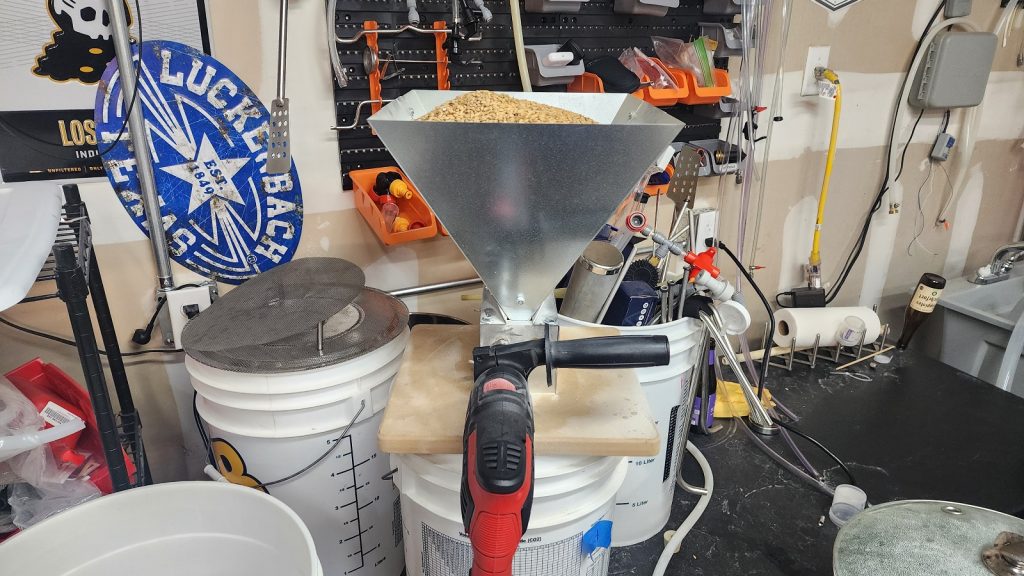
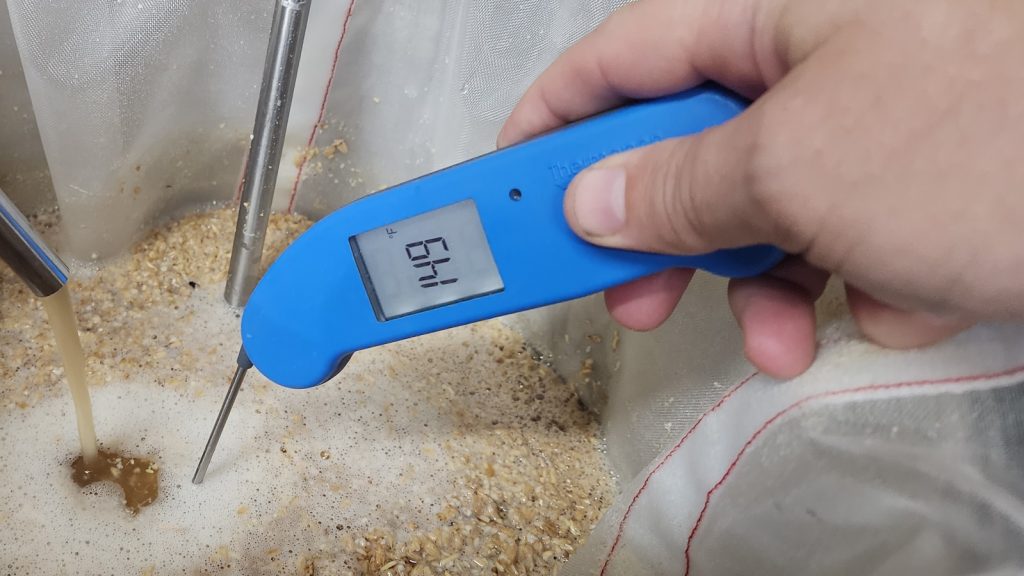
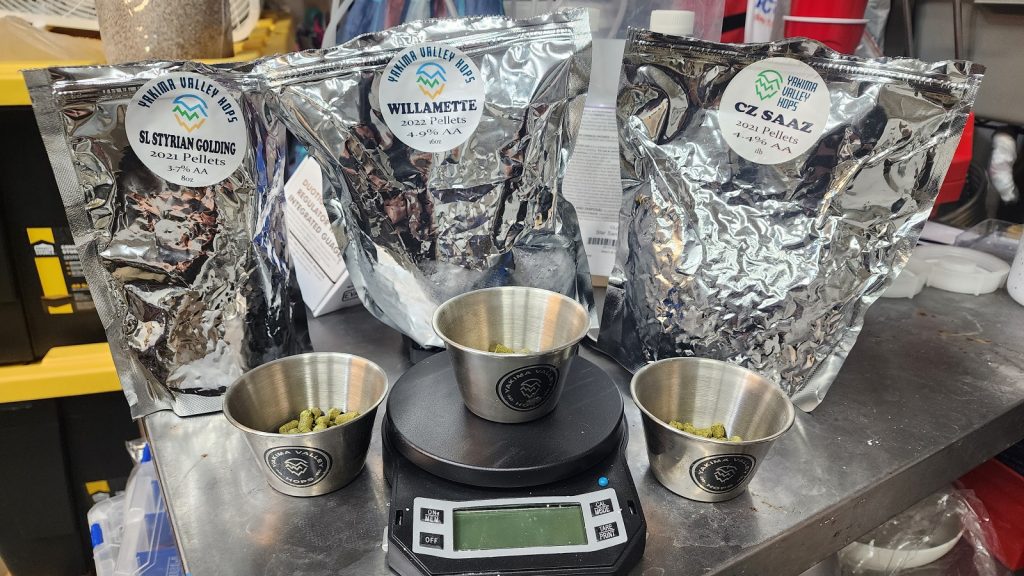
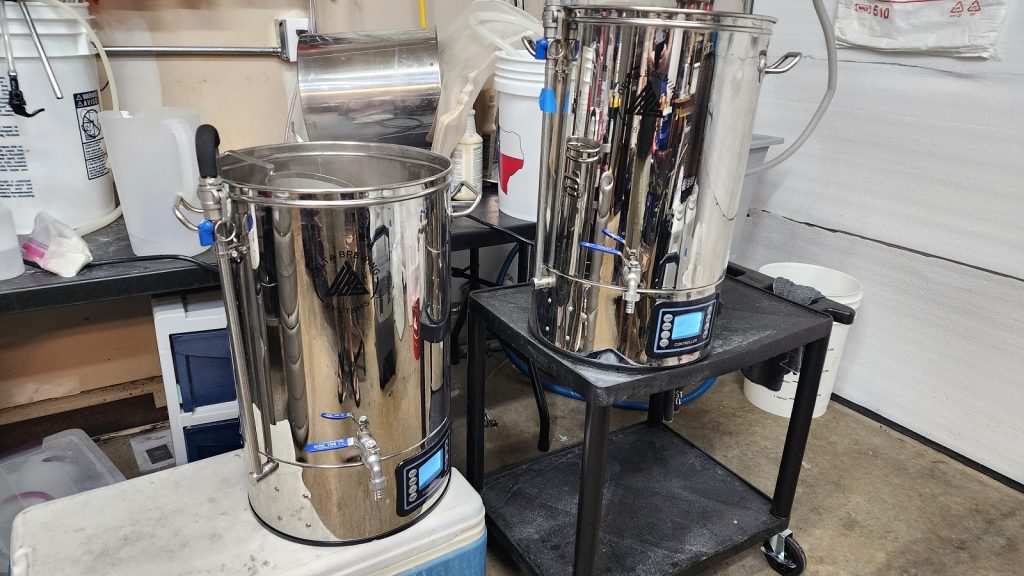
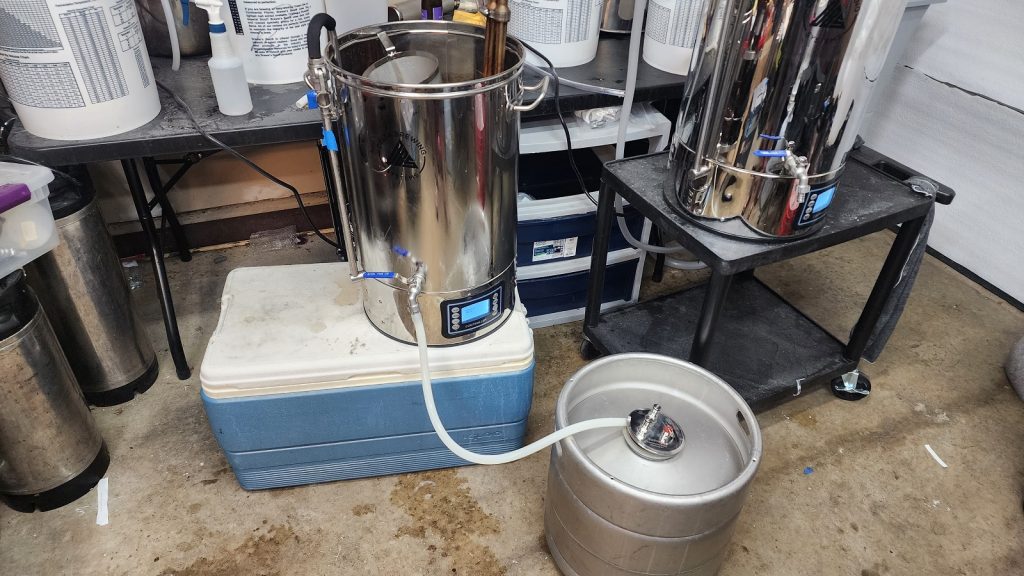
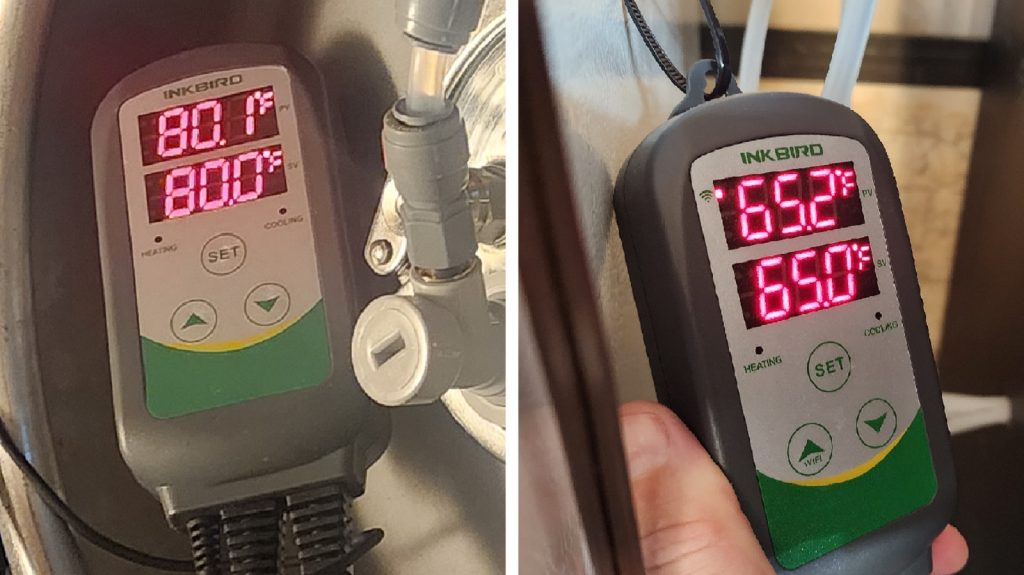
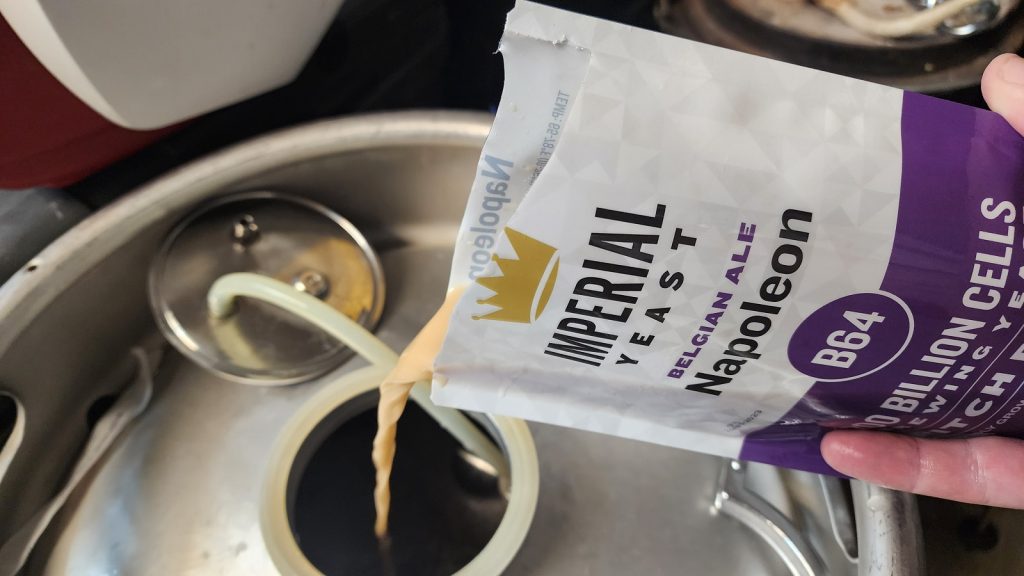











3 thoughts on “exBEERiment | Fermentation Temperature: Imperial Yeast B64 Napolean In A Saison”
I’d be much more curious about any other saison yeast than French saison. Its whole deal is that it is a reliable high attenuator across its whole range. And it always always smells and tastes exactly the same. Great for reliability, boring for saison.
I haven’t used Napolean, but in my experience with other French saison strains from other labs (Belle Saison and WY3711), is that it attenuates the first 90% or so fairly quickly, but then can take 7-10 days to finish the last 4 or 5 gravity points. Given the gravity difference between the two samples, I can’t help but wonder if the cooler fermented batch just needed a bit more time to finish up, which could explain the clarity difference.
Good xBmt. I use Belle Saison fairly often, and I will try pushing the temps a bit more given the results of this.
What if it’s not a difference in delta but threshold? Maybe 65 F is a high enough activation energy for all those compounds typical to French saison yeast strains to synthesize. If you dropped the T to 55 or 50 F, maybe you’d suppress the expression enough that you’d be able to tell the difference? Ooooo! New BJCP Syle: cold saison. Hahaha.. But seriously. I love 3711 and appreciate how yeast manufacturers have dialed in the strain to be predictable over a wide range of temperatures. If it stalls out, you could just heat it up and let it rip I guess, being none the wiser.